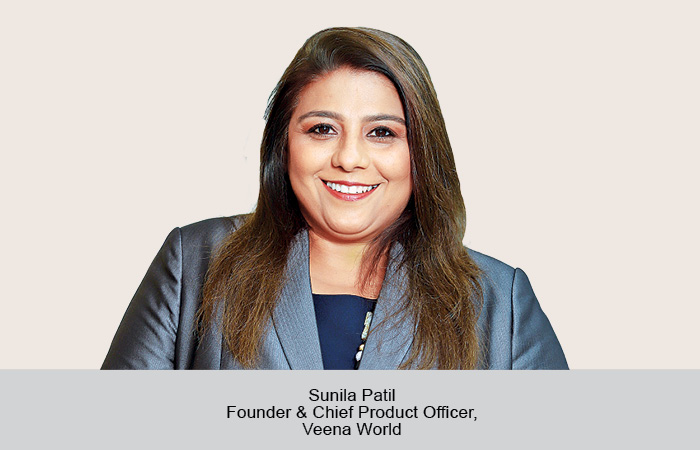With markets reopening in many countries and the travel demand picking up, airline industry breathed a sigh of relief in the third quarter. However, uncertainly looms over the industry keeping in view the emergence of new Covid variant.
TT Bureau
The financial situation of airline industry improved at the global level in the third quarter as more markets reopened, travel demand picked up and cargo revenues remained robust worldwide. The financial results for the quarter indicated that the industry-wide operating loss in the July-September period stood at 3.4 per cent of revenues compared with the whopping 17.8 per cent loss in the previous quarter.
On the back of increasing passenger load, North American, European and Latin American airlines reported improvements in operating incomes. European airlines benefitted more from the robust demand on intra-European routes and from the news about the reopening of the US-Europe corridor. Some short-haul routes such as intra-Europe and North-Central America also contributed to the recovery.
In the sample of 55 airlines, the industry’s net cash flow from operating activities also improved significantly in this year’s Q3 compared with the same quarter last year. Against the dismal -49.3 per cent, the net cash flow from operating activities improved to -0.9 per cent.
However, new Covid cases had their impact in the Asia Pacific region where the operating losses increased in China, Australia and Japan during the period.
The concern over the Omicron variant of the pandemic led to travel restrictions by many countries. This had its impact on airline shares, although the prices made some recovery in early-December on the optimism that the new Covid variant was “less severe” than the catastrophic Delta variant. Similarly, increase in fuel prices also put some pressure on the operating costs, but a sharp drop in jet fuel prices in the final week of November offset the losses. The aviation sector at present contributes $72 billion to the country’s GDP. In the financial year 2021, India’s air traffic stood at approximately 115.37 million. Due to the COVID- 19 pandemic, domestic and international air passenger traffic fell at a compound annual gross rate (CAGR) of -9.02 per cent in 2016 and -28.64 per cent in 2021. Looking ahead, it seems, given the weak nature of the new virus, there will be a short-term impact on the sector. With more vaccinations and Covid-19 Appropriate Behavior, we can hope for defeating the deadly virus soon and see more passenger bookings for domestic as well as international travel.
Key points
The latest sample of Q3 2021 financial results confirms that industry-wide losses diminished compared with Q2 amid gradual air travel recovery. However, the performance varied across regions; while North American, European and Latin American airlines reported improvements in operating incomes, the financials deteriorated in Asia Pacific.
Airline share prices have fallen in response to Omicron news. As of December, the global airline share price index is 37 per cent below the pre-crisis levels while wider equity markets have risen by 30 per cent since the start of the pandemic.
Bookings for future travel have been falling as Omicron-driven restrictions disrupt passengers’ short-term travel plans.
 TravTalk India Online Magazine
TravTalk India Online Magazine





